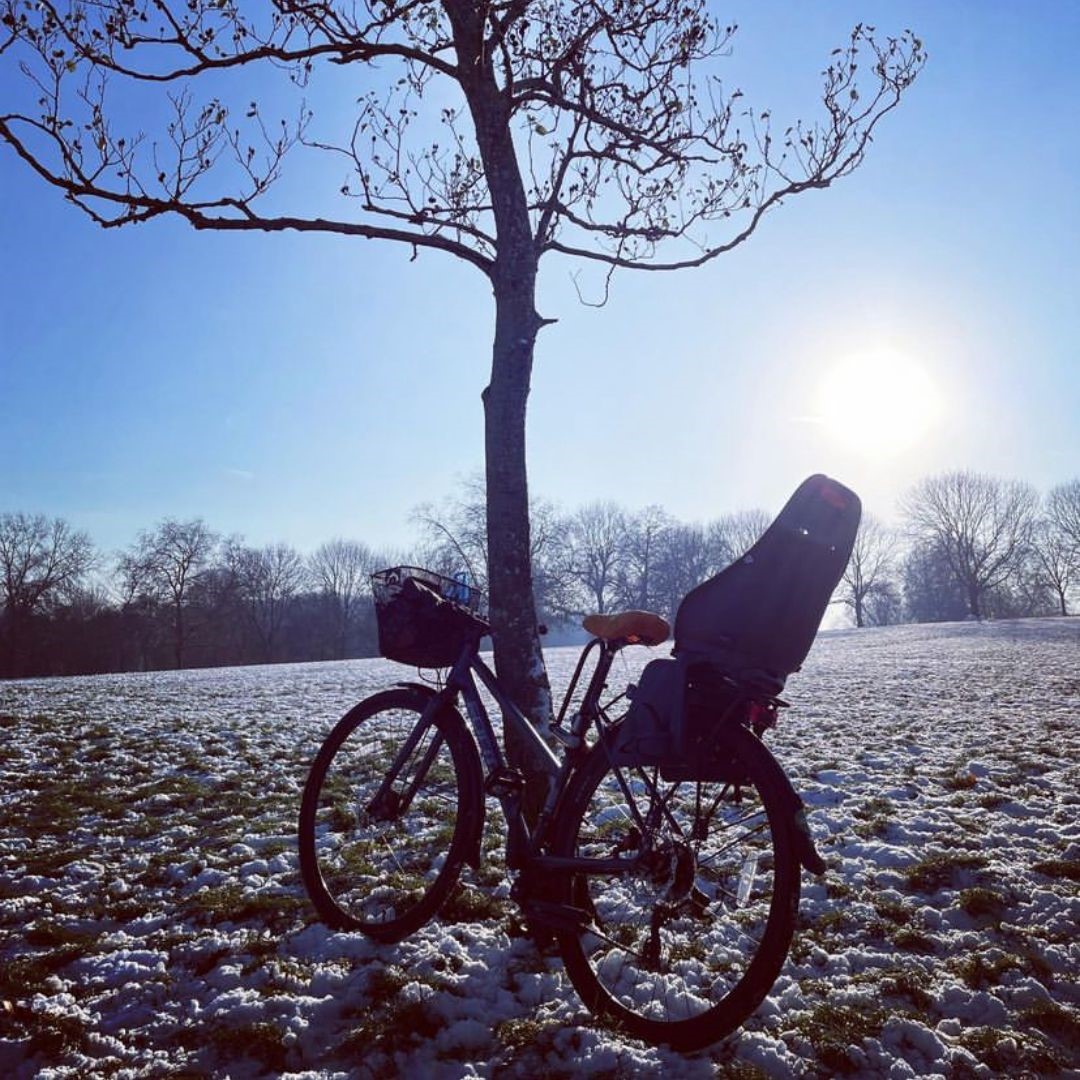Winter Cycling: A Beginner's Guide to Staying Warm and Prepared!

As the air turns crisp and frost begins to coat the ground, many cyclists might opt to stow away their bikes until the warmer months return. However, for those eager to continue their two-wheeled adventures year-round, winter cycling presents a unique and invigorating challenge.
With the right gear, maintenance, and safety measures, pedalling through the colder months can be an exhilarating experience. For beginners venturing into the realm of winter cycling, here's a comprehensive guide to ensure a warm, safe, and enjoyable ride.
Dressing for Success
When it comes to winter cycling, the key is to layer up. Start with your base layer then add insulating layers like fleece or wool to trap heat, topped off with a windproof and waterproof outer shell. We recommend considering the following:
-
Base Layer: Moisture-wicking fabric like merino wool or synthetic materials.
-
Insulating Layer: Fleece or wool for warmth.
-
Outer Shell: Windproof and waterproof jacket and pants to shield from elements.
-
Gloves and Socks: Insulating gloves and socks to protect extremities.
-
Headgear: A thermal or thick wool hat or headband under your helmet to retain heat.
-
Neck Warmer: it's surprising how much heat you can lose in this area and it's a lot easier than trying to cycle with a normal scarf on.
Peddle My Wheels Top Tip - Remember to take a bag with you to put all the layers in that you've worn and are having to peel off because you're getting hot cycling.

Bike Maintenance Matters
Winter conditions can be tough on your bike. Ensure it's properly maintained to withstand the cold and keep performing optimally:
-
Tyres often have a range of pressure that they should be pumped to for safe operation. This is usually indicated on the side of the tyre, stating a measurement in PSI. When the riding conditions are wet or frosty it can be safer to run the pressure at the lower end of the limits. If only a maximum pressure is shown then it's usually safe to go lower by about 10 PSI.
-
Lights are a legal requirement so everyone should be using them. A lot of the more powerful lights are becoming popular, which is great, but it's important to dip them slightly rather than pointing the beam straight ahead as this can interfere with other road user's ability to see the road. This goes for rear lights as well as front.
-
Frequent Cleaning: Regularly clean your bike to remove salt and grime that can damage components.
-
Brake Inspection: Ensure brakes are in good condition and responsive in colder temperatures.
Safety First
While the picturesque winter landscapes might entice you, safety should always be a priority:
-
Plan Your Route: Stick to well-traveled roads and bike paths.
-
Check Weather Conditions: Be aware of forecasted weather changes and avoid cycling in extreme conditions.
-
Visibility: Wear brightly coloured or reflective clothing and use bike lights to ensure you're visible to motorists.
-
Large puddles are often on the roadside after a heavy downpour. It's best to avoid riding through these where possible because potholes and drain covers could be hiding underneath. If it's unavoidable then slowing down to ride through is advised. The roads can be more slippery with leaves. Be mindful of this.
Embrace the Adventure
Winter cycling can be a completely different experience from the summer months, but it offers a unique chance to experience the beauty of the season from a different perspective. Embrace the challenge, stay adaptable, and remember that practice makes perfect. Start with shorter rides to acclimate to the conditions and gradually increase the distance as you become more confident.
By dressing appropriately, maintaining your bike, and prioritising safety, you can unlock a whole new world of cycling during the winter months.
So, gear up, pedal on, and discover the joy of winter cycling.




